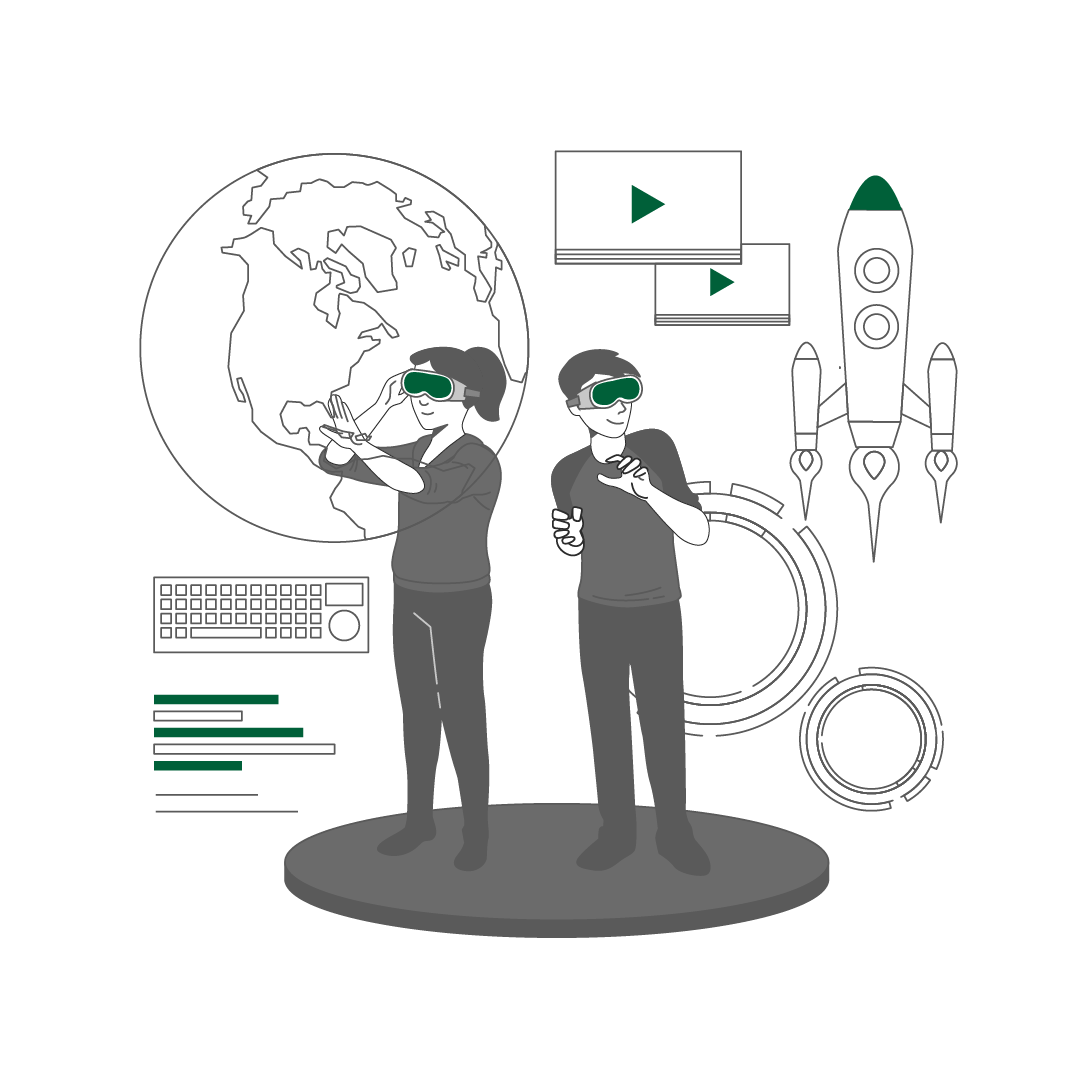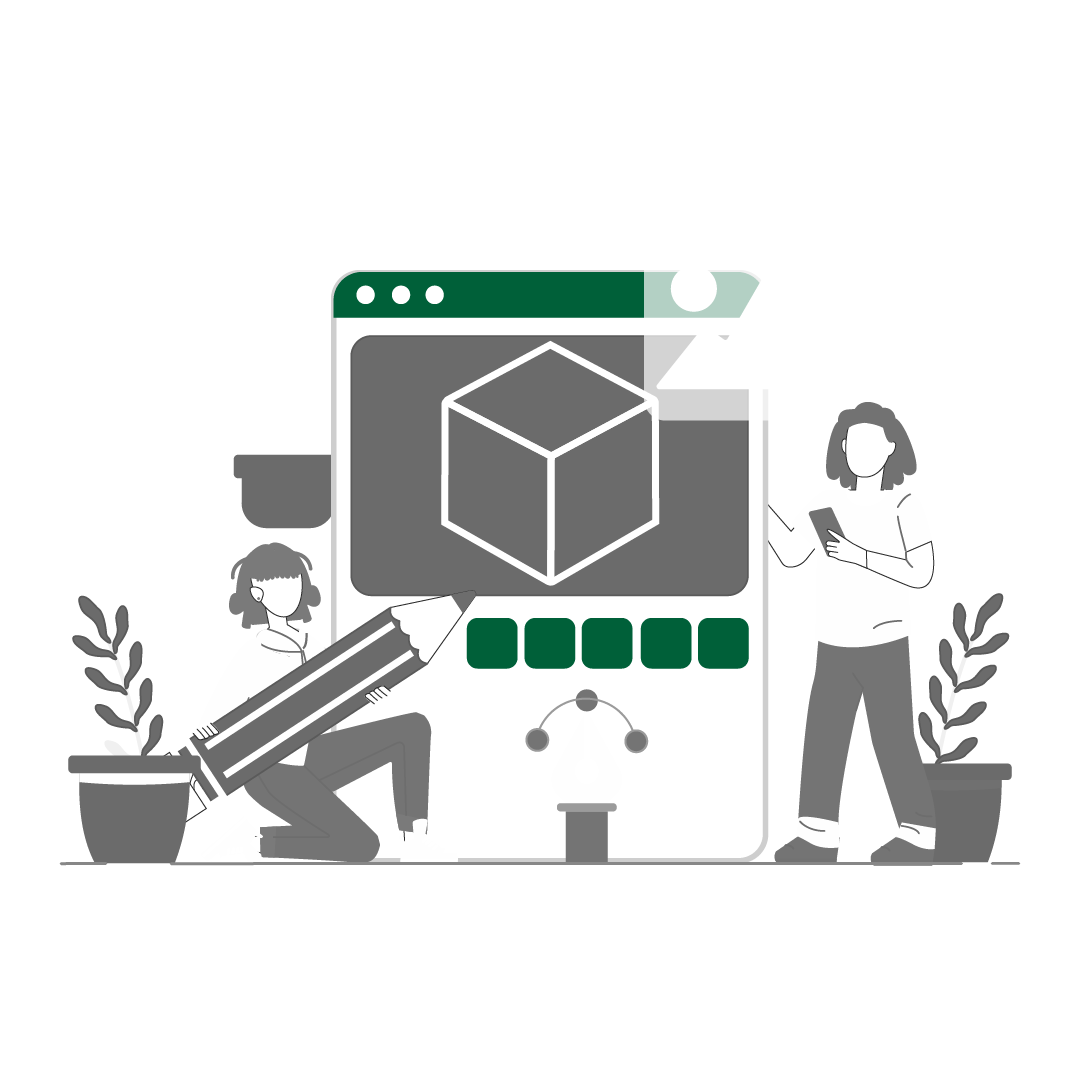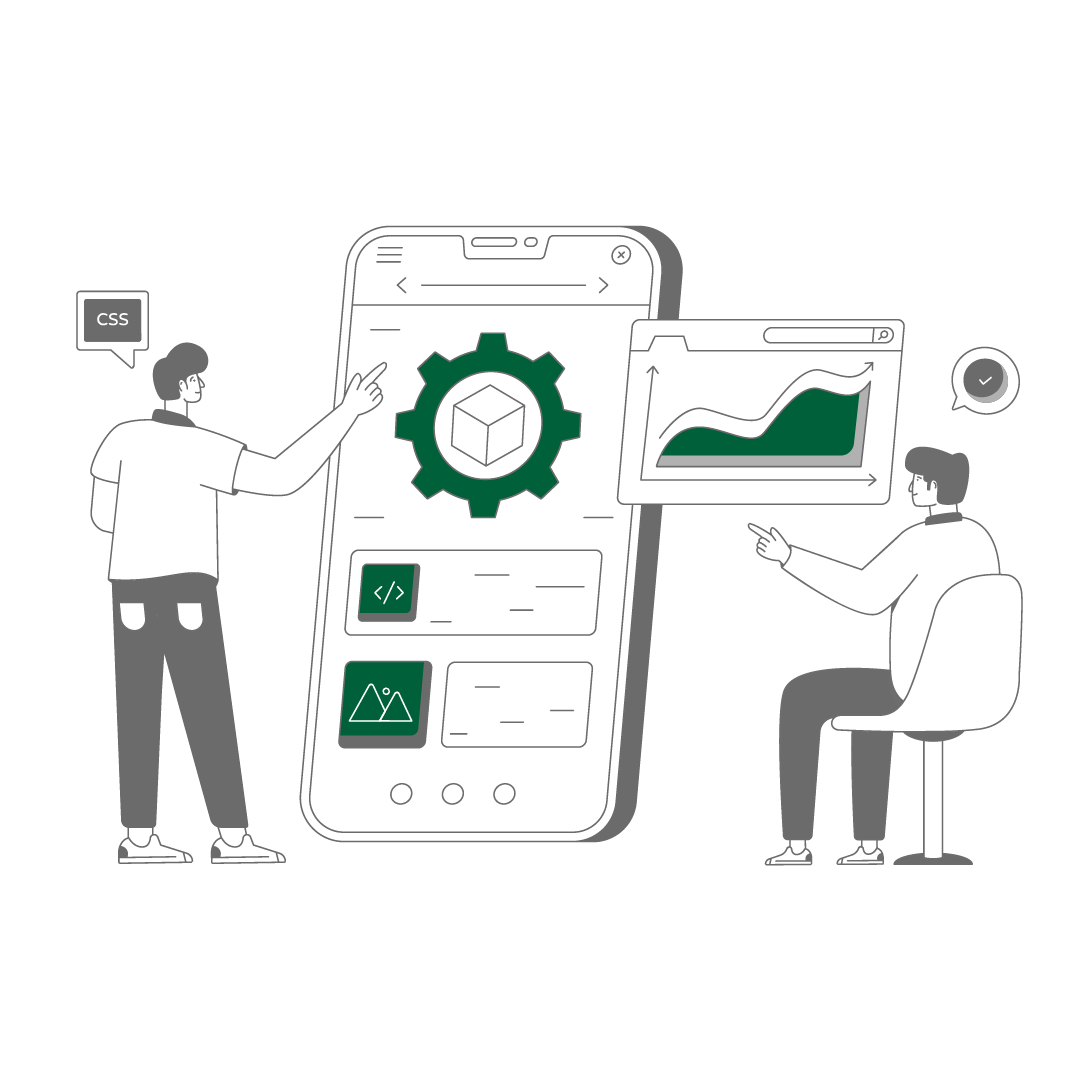Our Website Development Process
1
2
3
4
Using modern and reliable technologies, we develop the design, content, and features of your website to ensure it is secure, stable, and easy to maintain. Once development is complete, your website is fully ready for launch and use.
5
// Stage 01

Your website is the first impression your brand makes in the digital world. We believe every brand has a unique story and aesthetic. That’s why we don’t use pre made templates we design and develop fully custom websites that reflect your brand values and prioritize user experience.
// Stage 02

Every project begins by understanding your brand. We analyze your target audience, digital needs, and competitive landscape. Then, we define the scope, timeline, and technical roadmap aligned with your strategic goals.
// Stage 03

We design tailored, user friendly, and modern interfaces that align with your brand identity. Going beyond ready made platforms, we build your entire website from the ground up using secure and scalable technologies giving you full flexibility and control.
// Stage 04

We strengthen your website not just visually but also in terms of content. We produce custom copy, visuals, and videos that reflect your brand and provide value to users. We also implement effective SEO strategies to boost your visibility in search engines.
// Stage 05
We test your website across multiple devices and browsers to ensure a seamless user experience. Page load speed, mobile responsiveness, and potential vulnerabilities are optimized for maximum performance and security.
// Stage 06

Once all testing is complete, we deploy your website to your custom domain. Post launch, we provide technical support and maintenance to ensure your site remains fully functional and up to date.
SHOWCASE YOUR TRUE DIGITAL POWER!
Contact
FAQs
No. We build every website from scratch with custom infrastructure that we fully control no templates or third party limitations.
Depending on the project scope, most websites are completed and launched within 8 to 16 weeks on average.
Yes. We implement technical SEO, content optimization, and structural alignment as a standard part of every project.
Yes. We provide an intuitive content management system (CMS) and include training so your team can easily manage the website.
Yes. We provide free post launch support for a set period and offer long term maintenance packages upon request.
At Pella Global, we design websites that don’t just look good they work with purpose. We create strategic, user centered digital experiences that elevate your brand identity and drive engagement. Your website is your brand’s first impression online, and we make sure it’s one that lasts.
Beyond Templates: Fully Custom Web Experiences
Every brand deserves a unique digital presence. As a web site design agency, we deliver 100% custom solutions built from scratch, both visually and technically. From layout to backend architecture, we develop scalable, responsive, and fast loading websites tailored to your growth.
A successful website starts with a strong foundation. We analyze your audience, industry, and competitors to build a smart project roadmap. The result: a site that’s not only beautiful but strategically aligned with real user behaviors and business goals.
From real estate to e commerce, we create user friendly websites that look great and perform seamlessly across all devices. Built using modern tech stacks like Laravel, React, and Next.js, your website stays fast, flexible, and ready for the future.
We build websites with SEO at their core. With keyword focused content, schema markup, meta optimization, and fast performance, we help you rank higher and stay visible in search results long term.
Before launch, we thoroughly test your website across all devices and browsers. Optimized for speed, mobile responsiveness, and Core Web Vitals, your site delivers a seamless experience and is SEO strong from the first click.
From cloud hosting to technical deployment, we manage the full launch process. Post launch, we provide ongoing support, security updates, and performance monitoring ensuring your site stays reliable and future proof.
Whether building a new site or revamping an existing one, Pella Global’s web site design agency approach empowers your brand to stand out and scale digitally. Let’s create a website that not only reflects your identity but moves your business forward.